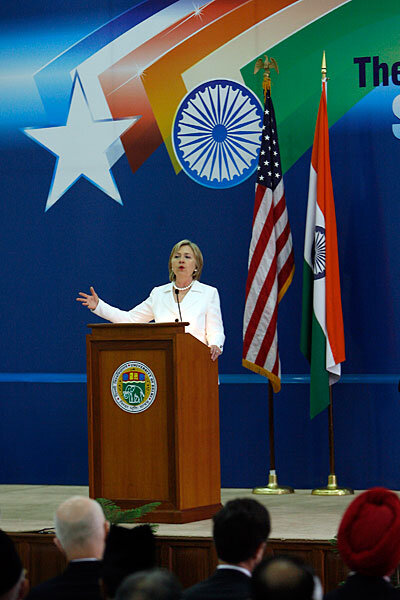India has been the No. 1 source of foreign students in the US for much of the past decade, dethroned by China only in 2009. The 2010-11 numbers suggest the bloom may be off the American higher-education rose for some Indians.
The number of Indian students declined 1 percent from 2009-10, to 103,895 – a decline that appears to track a recent trend among Indian nationals working in the US who are choosing to return to a more robust economy at home.
As for declines, the "Open Doors" study reveals that Brazil (another of the so-called BRICS countries of emerging economies – Brazil, Russia, India, China, and South Africa) also saw a small drop in the number of students it is sending for study in the US.
Could it be that some of these emerging economies are feeling less compelled to send their students abroad when their own economies are booming?





